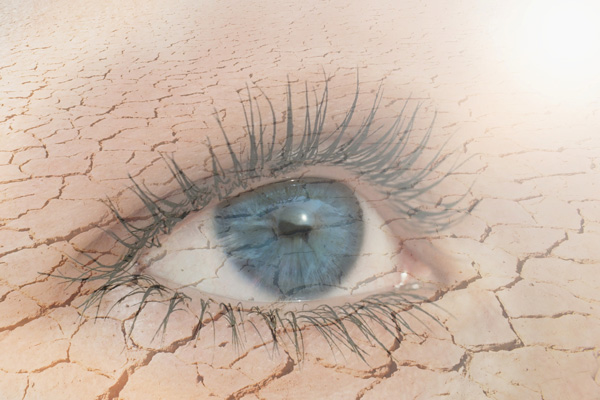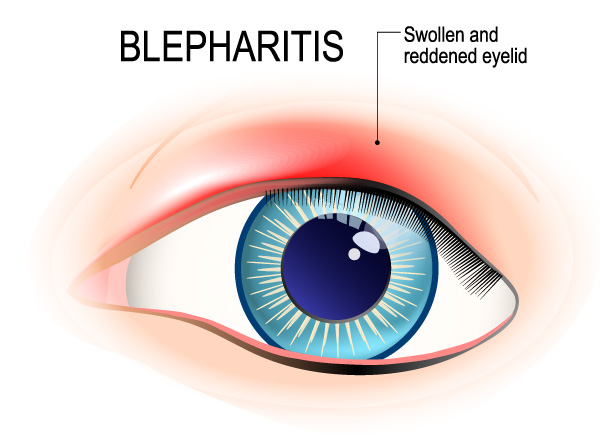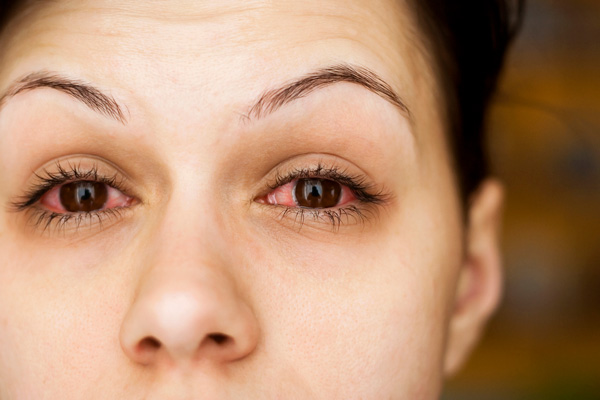Dry Eye
What is Dry Eye?
Dry Eyes Syndrome is a disease in which there is inadequate lubrication of the eye due to the poor quality of tears.
How Dry Eyes Syndrome is caused?
What are the causes of Dry Eye Syndrome?
- Less Blinking due to increased use of digital screens
- Aging
- Drugs' side effects
- Autoimmune conditions like Arthritis
- Environmental factors
Symptoms of Dry Eyes
Common symptoms include:
Types of Dry Eyes
There are primarily two types of dry eyes. The aqueous deficiency and the evaporative type. The causes for both are different. Often patients have mixed mechanism dry eye which is a combination of the two types.
Water Deficiency
The tears layer consists of oil, water, and mucus. When the lacrimal glands, in the corner of the eyes, fail to make enough moisture it causes dry eyes.
Evaporative
The oily layer of the tear film protects moisture from evaporating. The meibomian glands are responsible for this oily secretion. Deficient production of this oil causes quick evaporation of water content causing dry eyes syndrome.


Meibomian Gland Dysfunction
What are the Complications of Dry Eye Syndrome?

Dry Eyes Treatment Options
We offer several treatment options, both invasive and non-invasive. The choice of treatment is according to the individual’s needs.
If you experience the symptoms stated above, book your appointment and your doctor will evaluate the exact cause of your dry eyes. The quality of your tears, ocular surface health, blink mechanism, and your entire eye history is considered.

Medications
Over-the-counter eye lubricants or prescribed lubricants with omega-3 supplements are suggested to control the symptoms. Prescription drops targeting the inflammatory pathways are often in chronic dry eye syndrome. Autologous serum tears and amniotic membranes may be needed in severe cases.

Targeted Meibomian Gland Treatment

Punctal Plugs
What is TearCare®?
TearCare® is an innovative Dry Eye procedure that targets the blocked meibomian glands in your eyelids that produce oils to keep your tears healthy. When these glands become blocked or have reduced function, your tears may evaporate more quickly. Unblocking these glands with The TearCare® System can help restore their function and stabilize the tear film. This may improve the quality of tears and reduce symptoms like dryness, gritty or scratchy sensations, blurry vision, and watery eyes.
At your appointment, we will determine whether your dry eye symptoms are caused by Meibomian Gland Dysfunction (MGD) and would benefit from the use of The TearCare® System.


